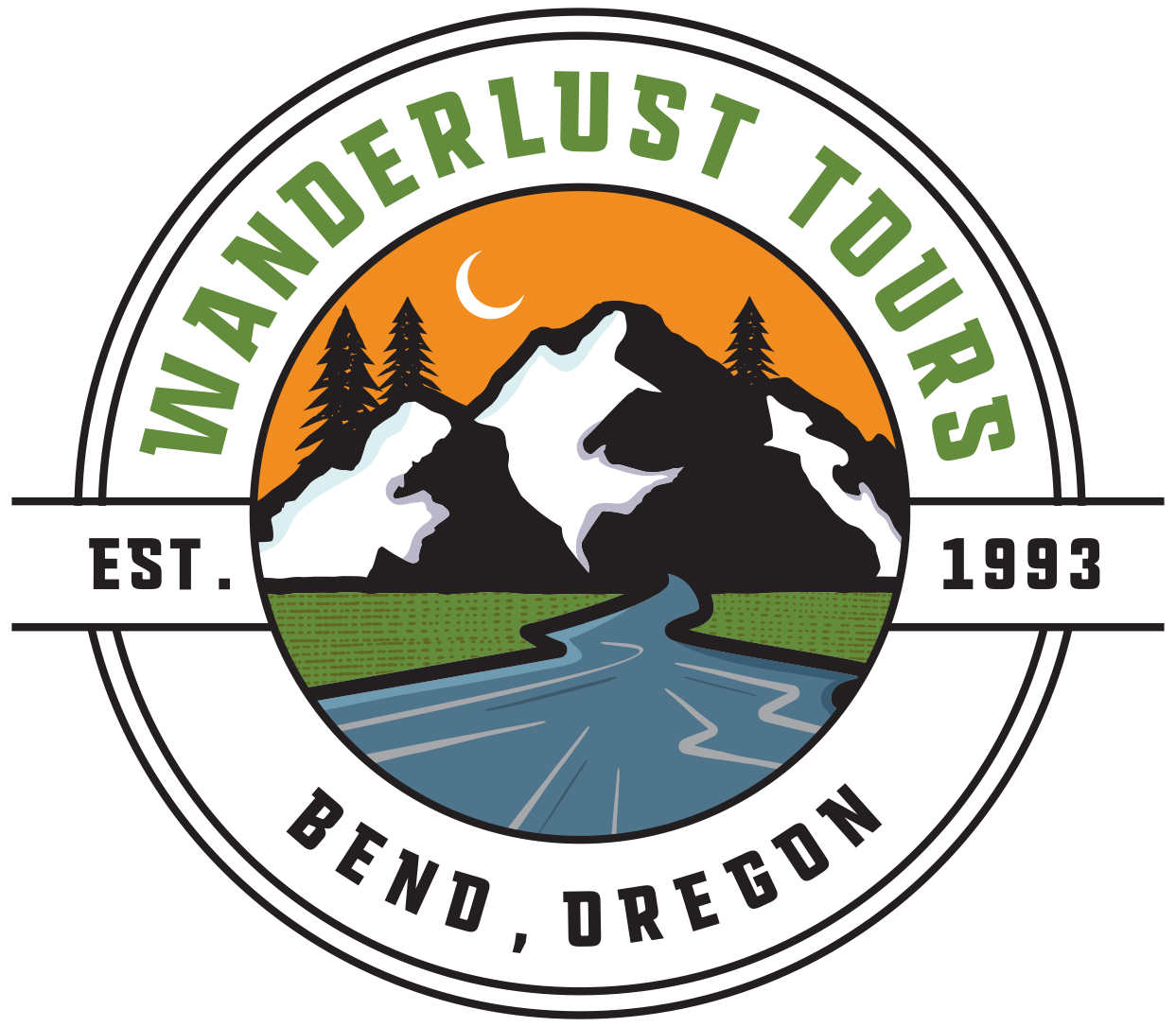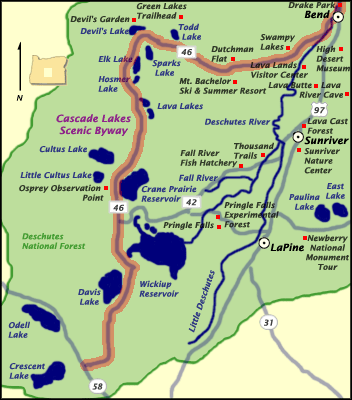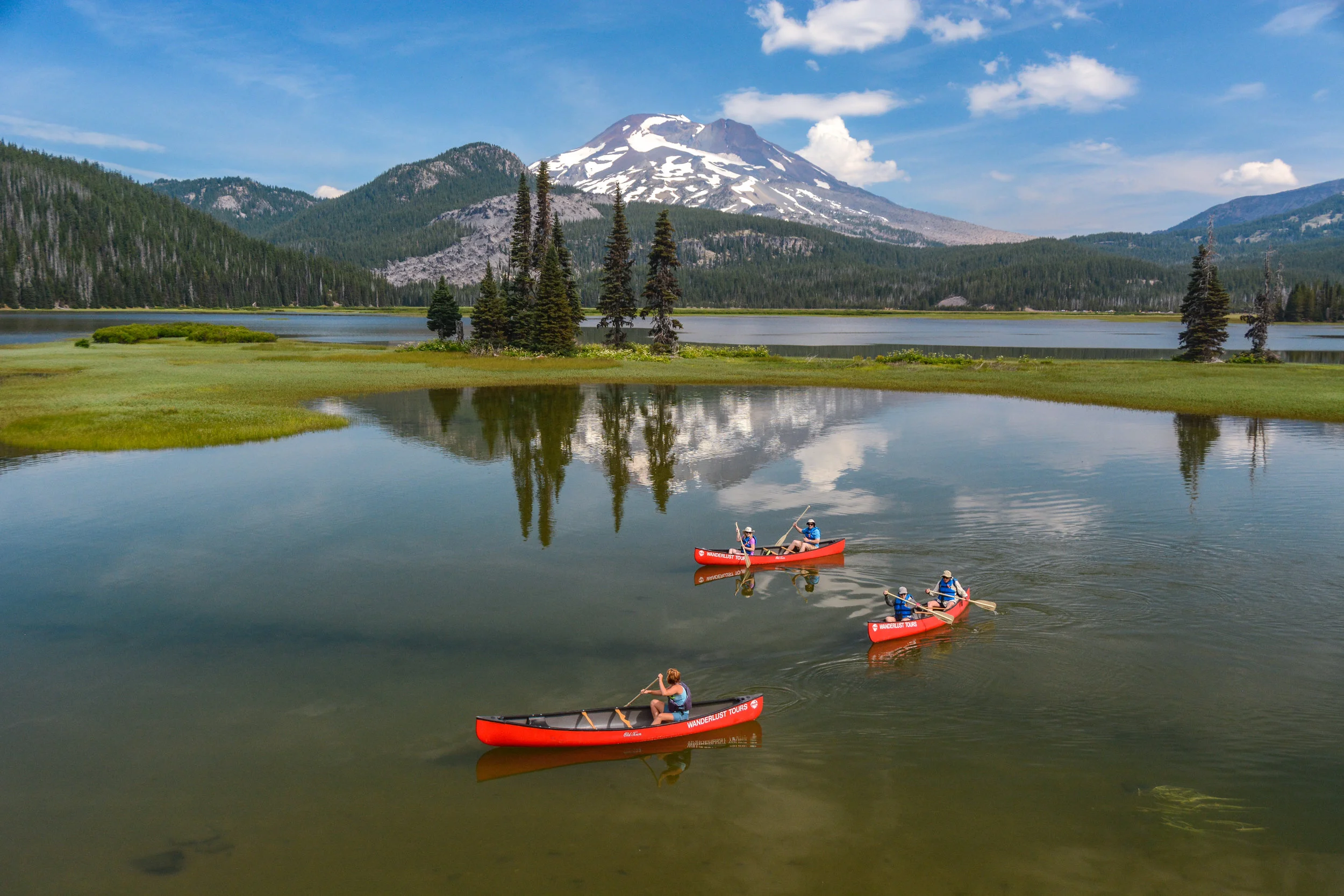Photo by Pat McKinney
Traveling is the best! Who doesn't love seeing new places, experiencing new things, and learning about different cultures and climates? At Wanderlust, we are so grateful for those visitors to the Bend, Oregon area that want to learn about Central Oregon's natural history. That's why today, on Central Oregon's A-to-Zs, we're talking about ECOTOURISM!
WHAT IS ECOTOURISM?
We love this term because it combines two of our favorite things: traveling, and the environment! Ecotourism is environmentally and socially-conscientious tourism to natural areas of the world. Some of the activities associated with ecotourism are:
- Volunteering
- Observing a natural phenomenon
- Learning about the local flora and fauna
- Enacting the principals of conservation
- Attending a class or lecture on local history
- Low-impact interaction with natural surroundings
Photo by Nick Karvounis
WHAT ISN'T ECOTOURISM?
Ecotourism excludes activities that are unsustainable for the local environment and local culture. Any tourism that leaves a large impact on the land, or disrupts the daily way of life for the people in the area is not ecotourism. This includes:
- Conventional "resorts" that create an insular experience for guests
- High-impact recreational activities that pollute the air, water, or damage the landscape
- Appropriation of local culture for the benefit of tourism corporations
- Participation in the displacement of local people or wildlife
Photos by Chaney Swiney
TOURISM IN CENTRAL OREGON
Central Oregon's tourism industry has blossomed over the past decade, and Bend has become a very popular destination for visitors from all over the world. People visit Bend precisely for its pristine air, its gorgeous and diverse landscape, and the countless opportunities to commune with nature-- all of which become increasingly under threat with the increased practice of conventional tourism.
OUR COMMITMENT TO ECOTOURISM
We love Central Oregon with all our hearts and care deeply about protecting our natural resources. At the same time, we want to celebrate this amazing place, and share our knowledge with visitors and locals alike. That's why we've put a lot of thought and care into the tours that we lead, and choose to host low-impact, educational trips through this beautiful landscape. Activities like canoeing and snowshoeing are lower impact, and environmentally-friendly-- allowing us to help to protect Central Oregon while sharing our insights into this special place with our guests.
HOW TO HELP?
A great place to start is by signing up for events like our annual Cave Cleanup! We encourage you to seek out ways to be environmentally-friendly, whether you're just visiting or you're living full-time in Central Oregon. It's easier than one might think to tweak little things in our daily habits in order to help keep Central Oregon healthy, whether it's being more mindful of plastic consumption, buying locally-made goods, or perhaps opting for a bicycle over a car every once in a while. And when you want to go out and have fun, just take a second and consider the planet when choosing your activity!






















